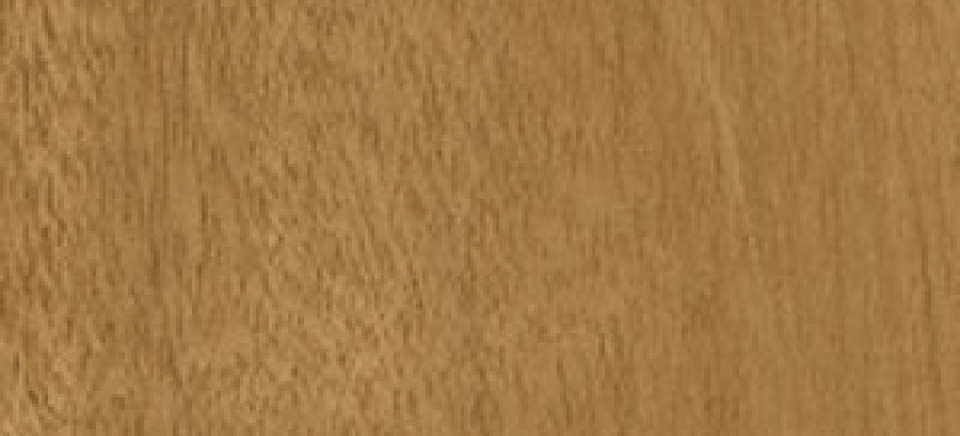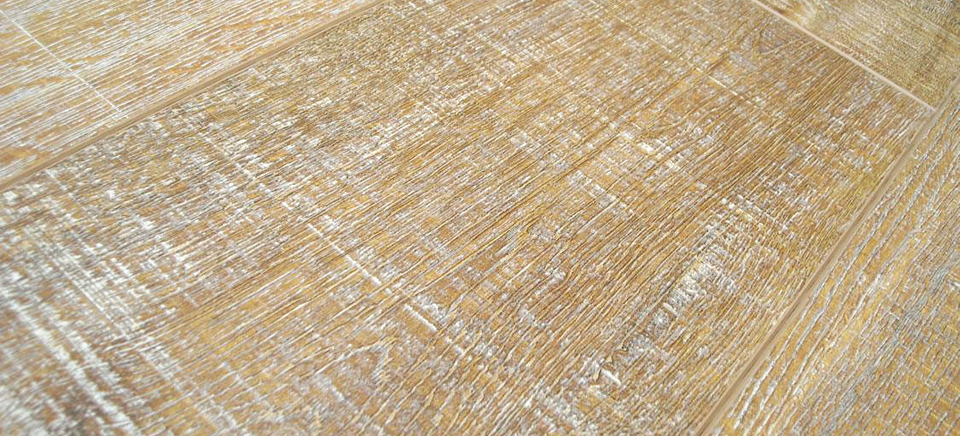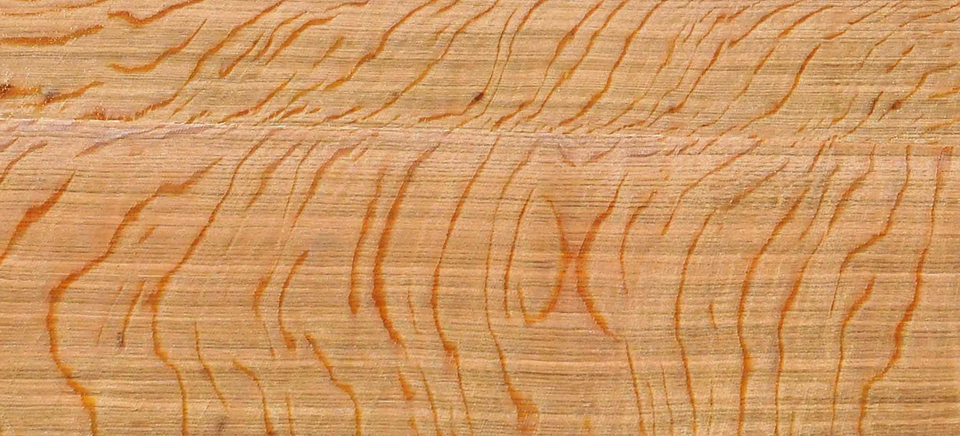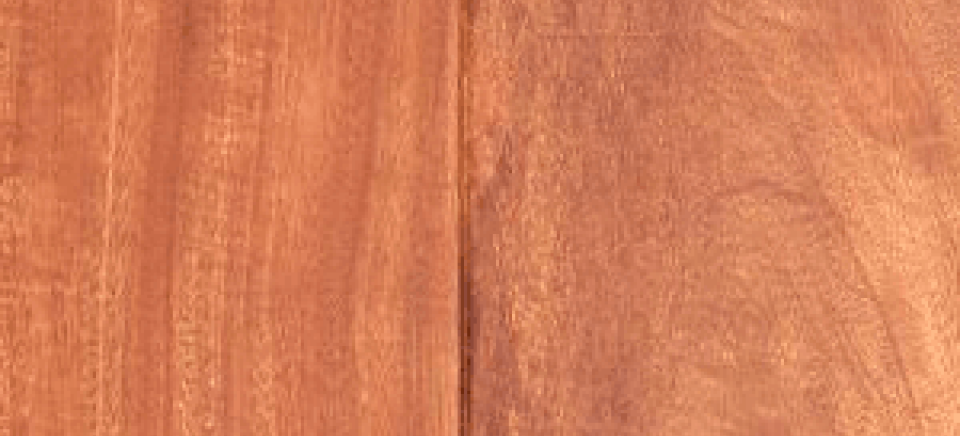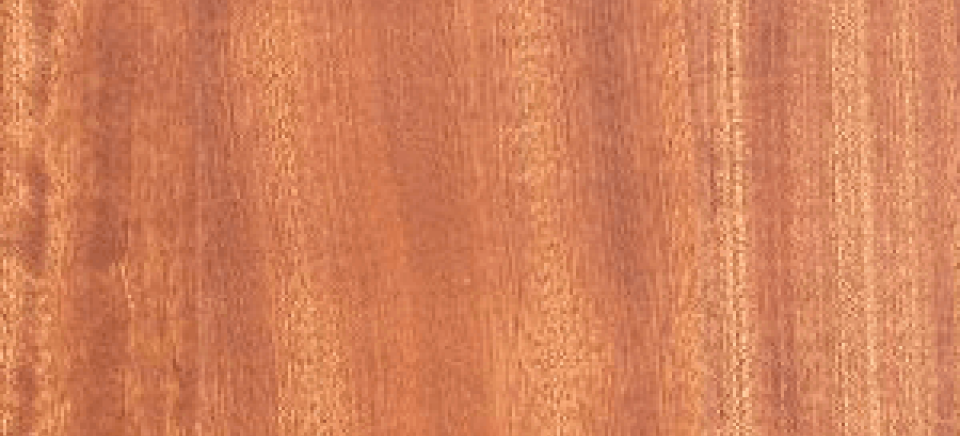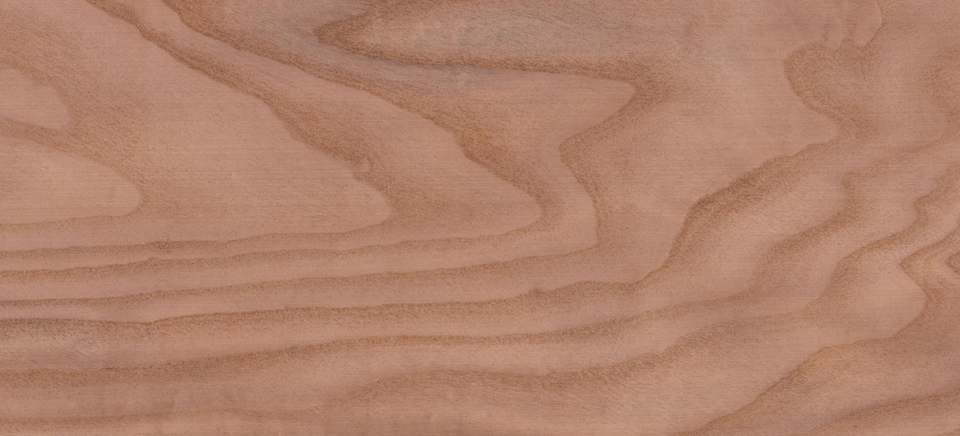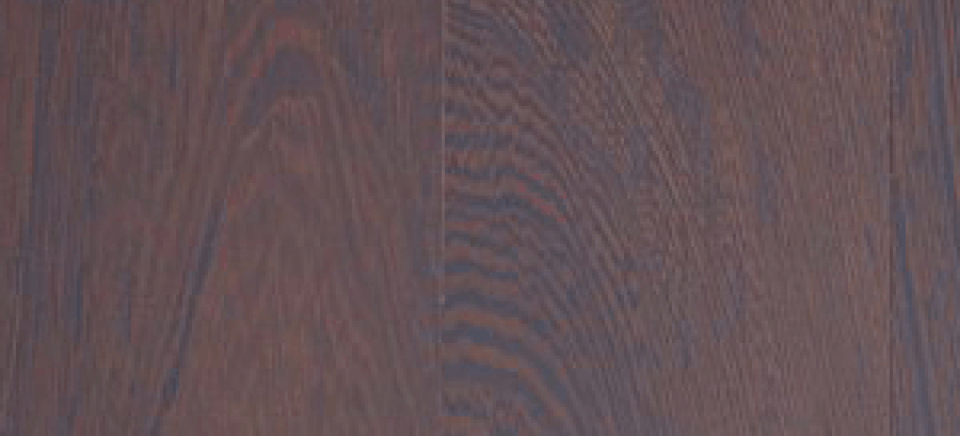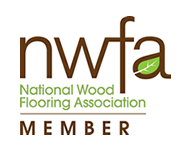Honduras Mahogany
Hardness: 4.0 Stability: Very Good
It’s durable, very stable, stains well and finishes like a dream. But most of all its just plain beautiful. There really is nothing like the color of true Mahogany. Generally a reddish light brown with a hint of yellow, it gives a very rich look to any home. As Mahogany is an imported wood and very much in demand, it is one of the more expensive choices for a hardwood floor. Again, not particularly hard it may show wear more than most.
Naturals & Country Cuts
Hardness: Various Stability: Various
Naturals, like rustics, are a character grade containing the same kind of blemishes. The only difference is these cuts will just have less of these natural growing marks. Natural Ash for example has no knots like Rustic Ash, but will contain a higher degree of color variation than White Ash. For many people this grade is more attractive than a clear grade, but of course the price is generally that much less. For specific information on these grades please check with a sales person.
Quarter Sawn
Hardness: Various Stability: Very Good
Many woods are available Quarter Sawn, like Oak, Ash, Cherry and more. The logs are cut in a totally different way, parallel to the rays radiating like the spokes of a wheel from the center of the tree. The grain pattern achieved is very attractive and when used to make flooring it can all but remove the problem of board shrinkage and expansion. The only draw back is that this method is much more wasteful, therefore more expensive.
Rustics
Hardness: Various Stability: Various
The Rustic versions of these woods simply contain knots, open knots, checks, cracks, and natural growing marks. All other characteristics are identical. For some this is exactly what they are looking for, the so-called blemishes are as nature intended and only serve to enhance the style of the floor. The prices are also very attractive. Rustics can produce a floor of unique quality and unrivaled character, and for some the rougher the better.
Santos Mahogany
Hardness: 9.5 Stability: Very Good
Possibly the finest flooring wood available on the market today. It is without doubt one of the hardest woods used for hardwood flooring. It’s certainly one of the most stable. It is very even colored, stains well and finishes well. It’s rich red brown with yellow highlights are absolutely stunning to look at, and although not the cheapest flooring material it is by no means the most expensive. Put simply, a truly great hardwood floor.
Sapele
Hardness: 7.0 Stability: Very Good
Coming from Africa, Sapele is growing in popularity as an elegant alternative to True Mahogany. Considerably harder than Mahogany with a fine interlocking grain and rich mid brown color with a hint of red, Sapele is an ideal choice for a more formal setting. Also available in a distinctive Ribbon grain cut, Sapele will perform well over radiant heat installations.
Sassafras
Hardness: 4.0 Stability: Very Good
Another well kept secret, but maybe not for long! Sassafras is sometimes called ‘poor mans Chestnut’ and is a particularly stable wood, although not the as hard as some hardwoods. It is ideal for areas close to the shore, lakes and rivers where humidity can be a problem. It has a grain pattern close to that of oak with a very pleasing chestnut brown to wheat brown color. A rich character-filled floor.
Wenge
Hardness: 7.3 Stability: Very Good
Wenge is a Wow wood. It really has to be seen to be believed. Very dark brown to almost black when finished, and with an animal print grain, Wenge is truly one of nature’s wonders. It is hard and stable and it finishes very well. So what, may you ask, is the problem? Sadly this wood is very expensive, so maybe it’s better if you don’t fall in love with it.

